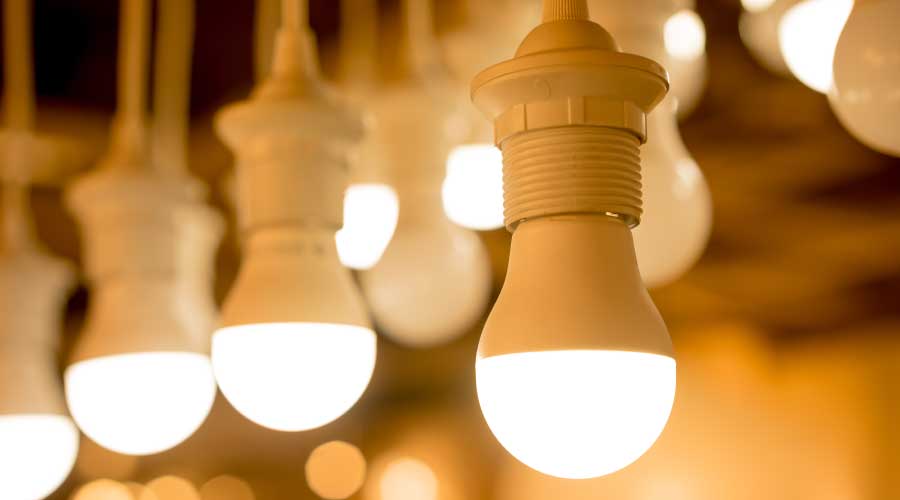 Lighting control applications need to take into account the needs of the space in question, such as an open office.
Lighting control applications need to take into account the needs of the space in question, such as an open office.Lighting Controls Upgrades: Understanding Space Needs
Focusing on control strategies, space needs and planning principles can help managers create successful installations
Managers can tailor lighting control applications based on the space type, including these three major areas of facilities:
Open offices. For these spaces, managers should look for ample daylight at the perimeter where luminaires are mounted parallel to windows, and they should consider daylight-responsive dimming with light sensors connected to luminaire rows or installed within each luminaire.
They can tie window shading into the lighting-control system for integrated automatic performance, and they can schedule switching after hours with user manual override — typically, a wall switch. Perimeter accent lighting should be controlled separately from the general lighting and operated on a different schedule.
Alternately, managers can consider network occupancy sensors that dim when local workstations are vacant and switch off when all workstations are vacant. Or each luminaire can be installed with an occupancy sensor providing dimming and switching. Users might receive personal dimming control of overhead direct lighting to meet their visual needs.
Classrooms. In these spaces, the lights are turned on at wall switches near the entrance. For automatic shutoff, occupancy sensors are optimal here, with the sensor being sensitive enough to detect occupancy even while students are relatively motionless during testing. Lighting adjacent to windows can be dimmed.
If the lighting is mounted over the whiteboard, teachers should be able to control it separately from the general lighting. Otherwise, this is an important application for visual needs, and an optimal solution would give the teacher control of light levels and color quality.
The general lighting in the teacher area should be separately controllable from general lighting in the student area for media presentations. The teacher should be able to reduce the lighting as needed and otherwise control light levels and the shade of white light in order to support class activities requiring different levels of alertness.
Warehouses. These spaces offer excellent opportunities for lighting controls. In main circulation areas, general lighting can be controlled on a schedule, while in aisles, luminaire-integrated or remote occupancy sensors can reduce lighting when it is not needed.
While many applications benefit from manual-on, automatic-off operation, sensors in warehouses should automatically turn on or raise the lights. Otherwise, this application is suitable for an intelligent control system, both for producing data about traffic patterns and using the lighting system to track items such as forklifts using radio frequency identification tags.
— Craig DiLouie
Related Topics:














